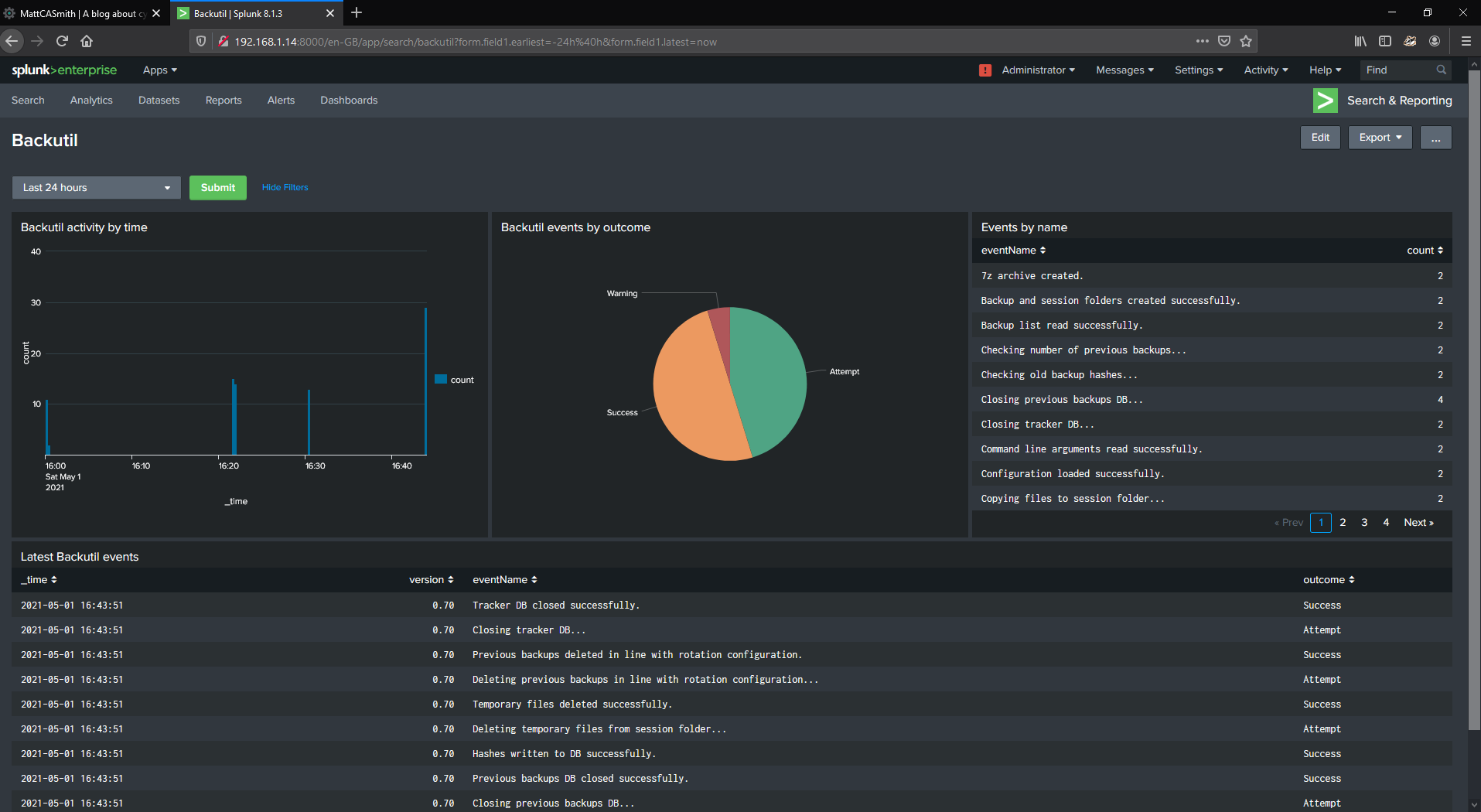

- #SPLUNK LOGIN URL HOW TO#
- #SPLUNK LOGIN URL DOWNLOAD#
- #SPLUNK LOGIN URL MAC#
In Microsoft Azure, retrieve the Identity Provider Single Sign-On URL and public certificate for configuring the SCS-to-Azure SAML application connection. In Microsoft Azure, create a SAML application for integration with SCS. In SCS, retrieve the Assertion Consumer Services (ACS) URL and Audience URI. The SAML integration happens in four procedures in both the SCS and Azure configuration pages: SCS then uses the application to validate user access to SCS and its resources. After you create the SAML application and configure SCS to recognize the application, SCS connects securely to it using the certificate that Microsoft provides. You must configure a SAML application in Azure that SCS can then use to perform authentication and authorization. To establish this communication, you must connect SCS to Microsoft Azure by using the Azure AD configuration web page in Microsoft Azure and the Splunk Cloud Console configuration web page in SCS. Splunk Cloud Services (SCS) can communicate with Microsoft Azure Active Directory (AD) for authentication and authorization using the Security Assertion Markup Language (SAML) protocol. After they re-authenticate, users return to their active session.Set up a SAML Integration to Splunk Cloud Services in Microsoft Azure Active Directory Once SAML login is set up, users will be asked to re-authenticate via their SSO provider every 12 hours. If SSO is configured correctly, your identity provider’s login page will open to complete the login. To log back in, enter your Splunk Synthetic Monitoring username and click Next. A modal box appears to confirm you want to enable the configuration, which will log you and all users out of the account. Once the configuration is verified, return to edit the configuration and check the box next to Enable. Verify the configuration by clicking the Verify button or by choosing Verify from the gear icon menu. In the XML field, paste the XML you copied from your identity provider. In the Admin Tools menu, select SAML Configuration. Go to to log into Splunk Synthetic Monitoring. Configure SAML login in Splunk Synthetic Monitoring #SPLUNK LOGIN URL MAC#
TextEdit in Mac or Notepad in Windows don’t use Pages or Word to prevent auto-formatting from corrupting the XML file).Ĥ.
#SPLUNK LOGIN URL DOWNLOAD#
If the XML is in a downloadable file, download the file and open it using a text editor (e.g. Locate the SAML 2.0 Metadata XML for your Splunk Synthetic Monitoring application in your identity provider. Copy the metadata XML from your identity providerįollow these steps to copy the metadata XML you need for the configuration in Splunk Synthetic Monitoring: 
See your identity provider’s documentation for detailed instructions. Grant access to the new application in your identity providerĪssign the appropriate users and groups to the Splunk Synthetic Monitoring application in your identity provider. Enter the following URLs when prompted:Ģ. See your identity provider’s documentation for instructions. Add Splunk Synthetic Monitoring as an application in your identity provider

Configure SAML login in Splunk Synthetic Monitoringġ.Download the metadata XML from your identity provider.Grant access to the new application in your identity provider.Add Splunk Synthetic Monitoring as an application in your identity provider.Set up SSO in Splunk Synthetic Monitoringįollow these steps to set up SAML 2.0 in Splunk Synthetic Monitoring: See What Are The Types Of User Roles? to learn about roles.
 Check that all your users are assigned to the correct roles in Splunk Synthetic Monitoring, as Splunk Synthetic Monitoring does not inherit RBAC from your identity provider.
Check that all your users are assigned to the correct roles in Splunk Synthetic Monitoring, as Splunk Synthetic Monitoring does not inherit RBAC from your identity provider. #SPLUNK LOGIN URL HOW TO#
See Add users and groups to learn how to create accounts for new users. Make sure all the users you want to add have access to Splunk Synthetic Monitoring.You need administrator access in your organization’s identity provider.Refer to your identity provider’s documentation for detailed instructions. Although Splunk cannot provide detailed guidance and troubleshooting, you can use the following steps as a guide. If your identity provider supports SAML 2.0 but is not listed above, it has not been officially tested with Splunk Synthetic Monitoring. Set up SSO in Splunk Synthetic Monitoring using Okta.Set up SSO in Splunk Synthetic Monitoring using Azure Active Directory.Set up SSO in Splunk Synthetic Monitoring using Ping Identity.If you use one of the following SSO identity providers, use the following instructions: This lets your users log in quickly and securely, and enables your organization to easily provision and deprovision users as workforces change. For increased security and convenience, you can set up single-sign-on (SSO) using SAML 2.0 in Splunk Synthetic Monitoring.








 0 kommentar(er)
0 kommentar(er)
